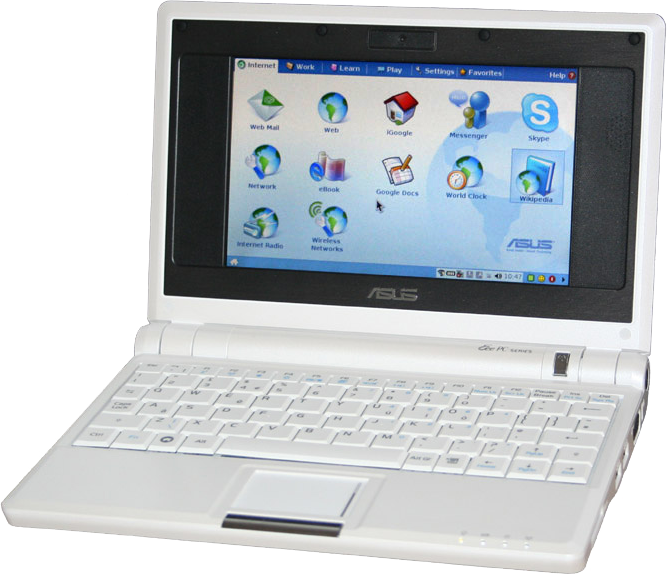a couple of months ago i wrote why microsoft needed to kill the OLPC. this time, i felt like writing why the OLPC project nearly failed from a product development view point.
they had a near feature-complete product that was ready to be manufactured and then shipped. the product should have been in design lock down after the first prototype was spec'd out. the sales agreements should have been put down in writing. and then followed through (i.e. make, boxed and then shipped).
so what happened. a big pile of $$ was dangled in front of their noses - allowed intel to smeared Negroponte with the "you can't sell the classmate" PR disaster. and then they let microsoft in to the party. again, loosing sight of the road map. this should have been version 2.0 for a brand spankin new OS implementation, feature locked and signed off on the hardware platform.
there is something to be said about being ahead of your time.
OLPC Founder Negroponte Wanted to Make Multitouch XO-2 Laptop 20 Years Ago [Olpc]
june 2 2008
but you should not compromise your release cycle by being distracted with the bells and whistles of what could be. i mean, there was all of these dual touchscreen articles popping up all over the place like this one:
V12 Design Delivering Dual Touchscreen Laptop Within Two Years [Laptops]
july 9 2008
again, they lost focus on releasing their first product out the door. with all of these add ons, did they honestly thought they were going to keep the costs down by adding two full touch screens?
when all of this was happening, a whole heap of cheap "netbooks" started to pop up from all kinds of manufacturers. the ASUS eeePC is an excellent example of them. they've manage to release different versions upon different versions all aiming at the same market the OLPC was in. the eeePC 700 was the linux book, 701 had XP, 900A a faster processor, 1000 a larger screen. there is a giant table of all the different models they did that it's mind boggling trying to keep track of it. and since there are so many of these eeePC out there, people have started to mod them with things like touchscreen capabilities.
finally, an interesting read on how the OLPC journey was taken:
How the OLPC Changed Laptops Forever: The Untold Story [Origins]and what's also curious is that this article link used to be found through gizmodo's pages:
aug 14, 2008
even their twitter feed has it:
don't they normally mark the article as inaccurate or strike the lines in the article to "update" their findings? i have never seen them pull down a post like this. and now it's:
maybe it wasn't popular enough for people to take interest in this, it seems to only have 18 diggs so -- no one will miss it...
update: it seems that a new article has been posted on gizmodo:
Secret Origin of the OLPC: Genius, Hubris and the Birth of the Netbook
aug 26, 2008
update: here's another fancy article that bears a similar headline to my original article:
Why Microsoft and Intel tried to kill the XO $100 laptop
aug 10, 2008



